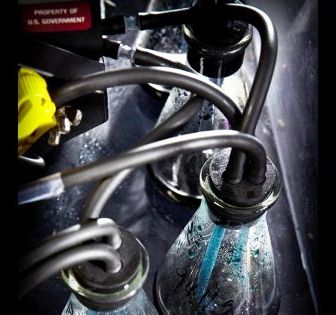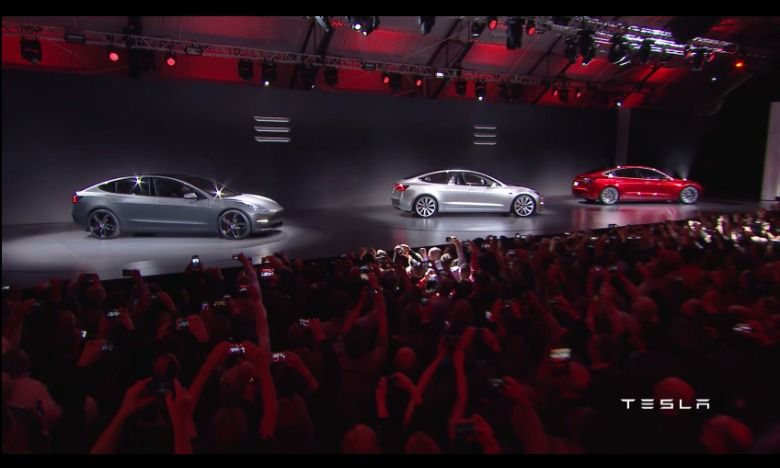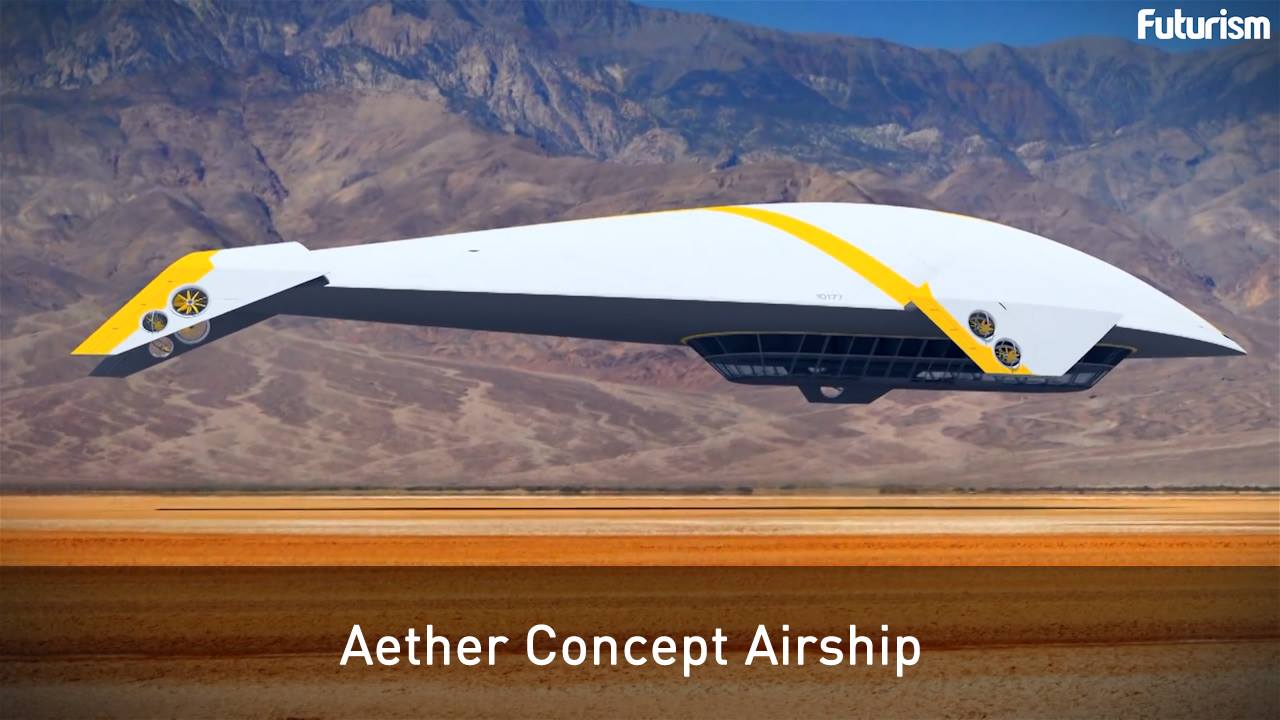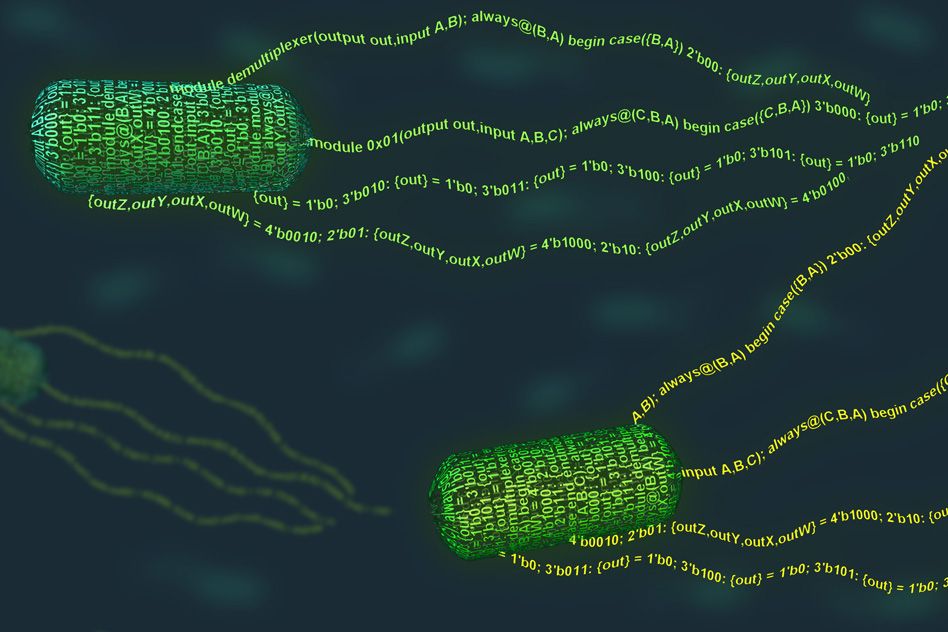Page 11303
Apr 1, 2016
We Have a New Way To Create Super-Efficient Liquid Batteries
Posted by Klaus Baldauf in category: materials

The inventors of liquid metal batteries give their original creation an upgrade using calcium, an abundant and inexpensive element.
With his latest upgrade to liquid metal batteries, there’s no better (and indeed, more apt!) way to describe MIT Professor and materials engineer Donald Sadoway than to say that he just keeps going and going and going…
Apr 1, 2016
Researchers have worked out how to mind control cockroaches
Posted by Amnon H. Eden in categories: engineering, neuroscience, robotics/AI
In a video presented at IEEE Robotics and Automation Society’s annual conference, Chinese engineering students guide a living cockroach along S-shaped and Z-shaped paths using brain-to-brain interface: a bluetooth electroencephalogram (EEG) headset, translated and wirelessly sent to an electronic backpack receiver attached to the cockroach. The electrical impulses then stimulated the antennae nerves of the cockroach through a microelectrode implanted into its head. Watch the video released:
(Announced 16 June 2015 but only just came to our attention. And no, this is not April Fools post.)
Apr 1, 2016
A man in China has built a robot that looks just like Scarlett Johansson
Posted by Shailesh Prasad in category: robotics/AI

https://youtube.com/watch?v=wIE7_J1EFLs
HONG KONG (Reuters) — Like innumerable children with imaginations fired by animated films, Hong Kong product and graphic designer Ricky Ma grew up watching cartoons featuring the adventures of robots, and dreamt of building his own one day.
Unlike most of the others, however, Ma has realized his childhood dream at the age of 42, by successfully constructing a life-sized robot from scratch on the balcony of his home.
Continue reading “A man in China has built a robot that looks just like Scarlett Johansson” »
Apr 1, 2016
This neural network ‘hallucinates’ the right colors into black and white pictures
Posted by Shailesh Prasad in categories: computing, neuroscience, robotics/AI
The machine overlords of the future may now, if it pleases them, eliminate all black and white imagery from the history of their meat-based former masters. All they’ll need is this system from Berkeley computer scientist Richard Zhang, which allows a soulless silicon sentience to “hallucinate” colors into any monochrome image.
It uses what’s called a convolutional neural network (several, actually) — a type of computer vision system that mimics low-level visual systems in our own brains in order to perceive patterns and categorize objects. Google’s DeepDream is probably the most well-known example of one. Trained by examining millions of images of— well, just about everything, Zhang’s system of CNNs recognizes things in black and white photos and colors them the way it thinks they ought to be.
Grass, for instance, has certain features — textures, common locations in images, certain other things often found on or near it. And grass is usually green, right? So when the network thinks it recognizes grass, it colors that region green. The same thing occurs for recognizing certain types of butterflies, building materials, flowers, the nose of a certain breed of dog and so on.
Apr 1, 2016
Successfully Engineering Water-loving Nanoparticle Diodes
Posted by Shailesh Prasad in categories: computing, electronics, engineering
Nanoparticle diodes and devices that work when wet.
“Groundbreaking” research by Prof. Bartosz Grzybowski (School of Natural Science).
Nanoparticle Diodes and Devices That Work When Wet.
A new study by an international team of researchers, affiliated with UNIST has found a new way to produce electronic devices, such as diodes, logic gates, and sensors without the need of semiconductors.
Continue reading “Successfully Engineering Water-loving Nanoparticle Diodes” »
Apr 1, 2016
A programming language for living cells
Posted by Shailesh Prasad in categories: biotech/medical, computing, engineering
MIT biological engineers have created a programming language that allows them to rapidly design complex, DNA-encoded circuits that give new functions to living cells.
Using this language, anyone can write a program for the function they want, such as detecting and responding to certain environmental conditions. They can then generate a DNA sequence that will achieve it.
“It is literally a programming language for bacteria,” says Christopher Voigt, an MIT professor of biological engineering. “You use a text-based language, just like you’re programming a computer. Then you take that text and you compile it and it turns it into a DNA sequence that you put into the cell, and the circuit runs inside the cell.”
Mar 31, 2016
Tesla finally unveils the Model 3: Its first car for the masses
Posted by Shailesh Prasad in categories: Elon Musk, sustainability, transportation

At long last, here’s our first look at the Tesla Model 3, the company’s debut mass-market electric car starting at $35,000 and (perhaps) launching next year.
Telsa CEO Elon Musk unveiled the vehicle to the press and relentless devotees during an event at the company’s design studio in Hawthorne, California this evening.
Continue reading “Tesla finally unveils the Model 3: Its first car for the masses” »
Mar 31, 2016
Tesla Model 3 announced: release set for 2017, price starts at $35,000
Posted by Shailesh Prasad in categories: Elon Musk, sustainability, transportation
After ten years of waiting, Tesla has revealed the Model 3, the vehicle that CEO Elon Musk hopes will take the electric car to the masses.
At the unveiling of the Model 3 this evening at the company’s design studio in Hawthorne, California, Tesla CEO Elon Musk said the car will deliver at least 215 miles of range beginning at just $35,000 — that’s a bold claim, and an important one for Tesla to meet. Musk is “fairly confident” that deliveries will begin by the end of 2017, and “you will not be able to buy a better car for $35,000, even with no options.”















